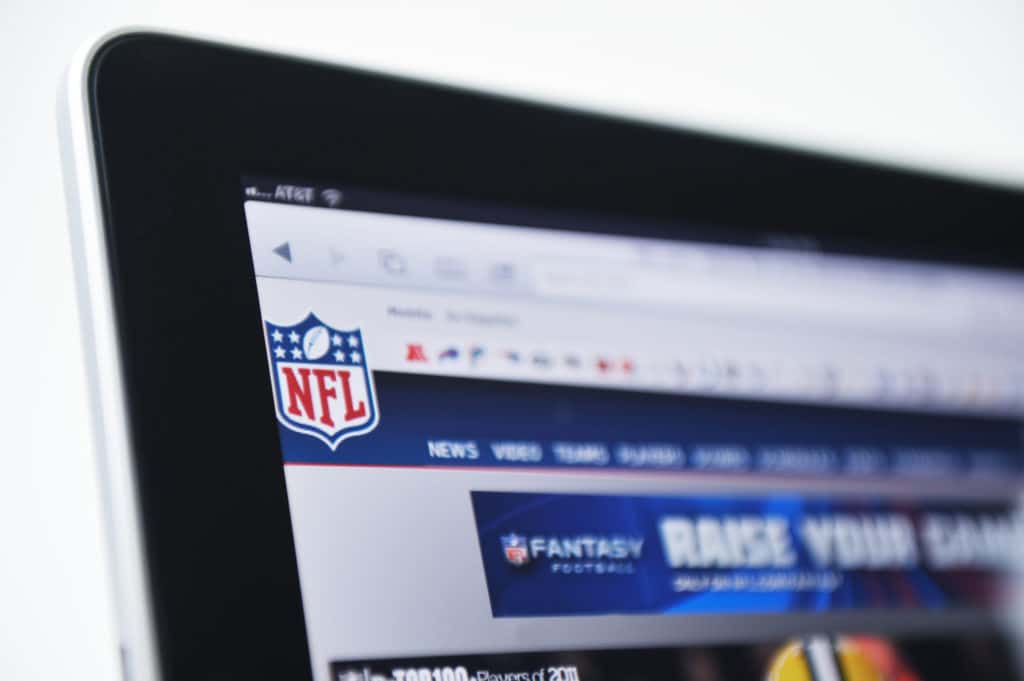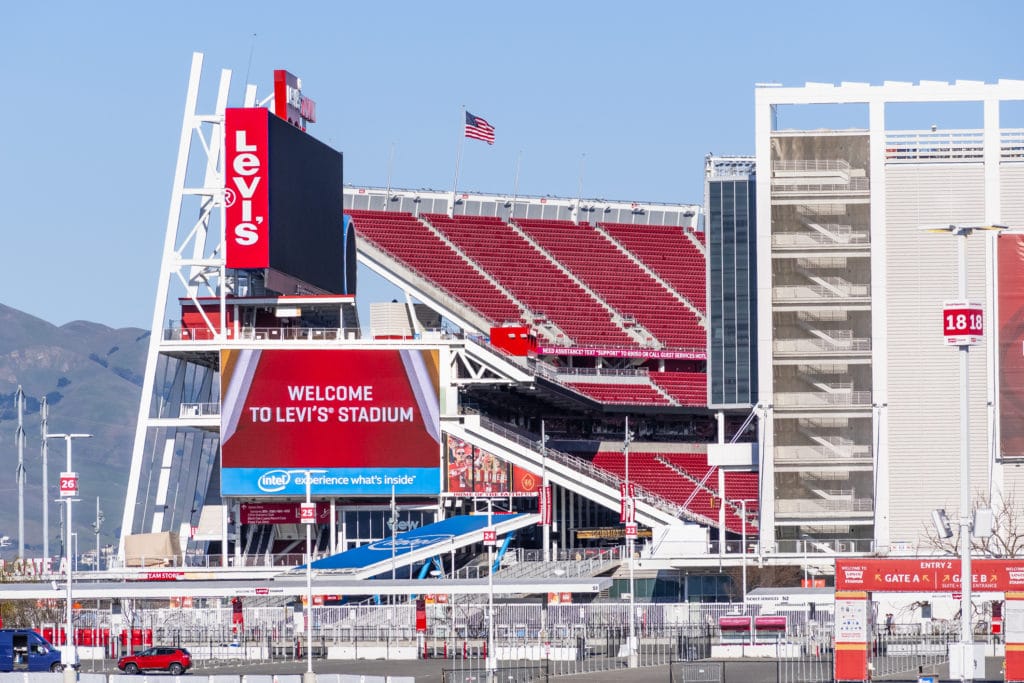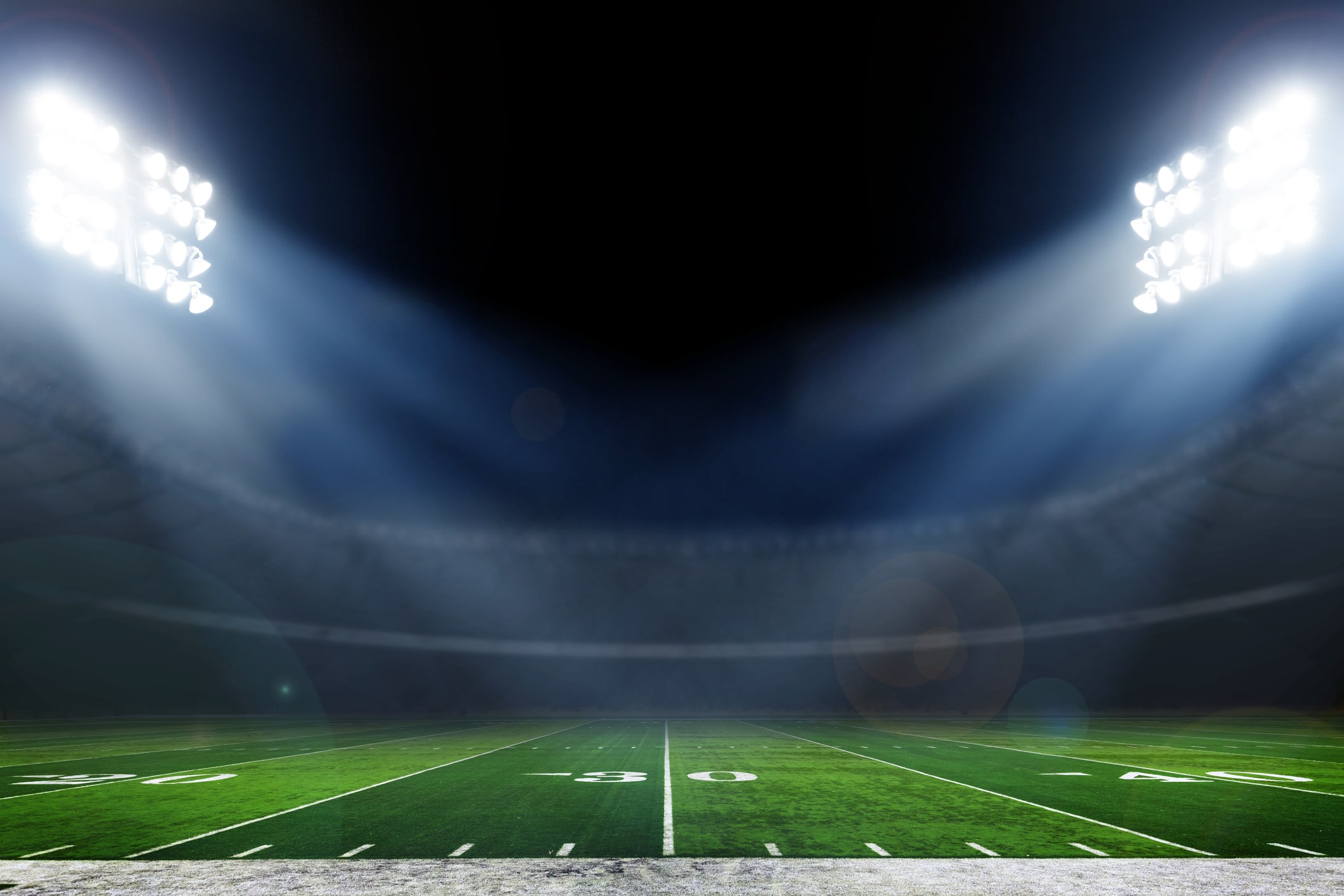The NFL season started on September 10 and as the last of the four major US Team sports to re-start in the COVID-verse, it should, theoretically, have the advantage of learning from the mistakes, and successes, made in the opening and re-opening of the other major team sports (baseball, basketball and hockey) this Summer.
So what have we learned? What should the NFL be thinking about?
Funny you should ask, as I have some thoughts on the subject…

Bubble > Not bubble
There’s little doubt that if you give professional athletes free time and the latitude to make bad decisions, many of them will do so. It’s part of their charm. Admittedly, the same is true of rock stars, college students, and, in my recent personal experiences, children between the ages of 9-13. But that’s a story for another day. The NBA and NHL have had great success bubbling it’s players, but of course there were fewer teams and WAY fewer players than are involved in the NFL season. Also, the NBA and NHL bubbles opened with only the teams that were still relevant, since their seasons were mostly completed and they could quickly move towards the playoffs. Clearly the NFL doesn’t have that luxury. The bottom line is that an NFL bubble just isn’t a practical option, and we will see if that ends up presenting significant problems. On the bright side, NFL players are famous for always following the rules and eschewing partying when the greater good demands it, so there’s THAT.
Fewer Players > More Players
Well, that’s a problem unfortunately. NBA teams have 12 players. Baseball has 26 per team (traditionally 25 but they expanded by one for the 2020 season) and NHL rosters are between 20-23 players. NFL rosters start with 90 players when training camp begins and then get trimmed down to 53 to start the season, so that’s fundamentally not great. Add in the fact that NFL players suffer significantly more injuries per player than the other leagues, and you need to keep a ton of depth readily available during the season. How well the teams will be able to monitor the actions and safety protocols of each team’s practice squad and free agent pick-ups may go a long way in determining the ability of the NFL to survive the season. In terms of marketing the league, football does have the advantage that losing a few key players wouldn’t have the same impact on NFL fandom that say, the NBA losing LeBron James or Kawhi Leonard would have. NFL fans know every player is one play away from being out for a year, if not longer. It’s just part of the game. I’m not saying Pat Mahomes getting COVID next week wouldn’t send shock waves reverberating through the sports world, but it probably wouldn’t automatically make the season seem illegitimate.

Inject some energy
Look, it’s not business as usual in 2020, for anyone. There won’t be sold out stadiums filled with noisy, energy-producing, and, more importantly, money-spending fans, so the teams know they have to make the product on TV as exciting and entertaining as possible in order to maximize ratings, and in the end, revenues.
The NBA has tried to spice things up in a number of ways, with varying degrees of success. The absurd number of video screens on the side of the basketball court makes it look a little like the games are being played at Dave & Buster’s. So that’s a negative. The social justice messages on jerseys are fine, but a little distracting when you find yourself trying to read them without the benefit of a close-up. The Zoom fans projected onto screens courtside are actually pretty cool. In baseball, the rule changes they introduced for 2020 (3-batter minimums for relief pitchers, different rules for extra innings and doubleheaders) have been mostly ignored by the fans. They sparked some debate early on, but have not moved the needle in any discernable way in terms of overall fan interest.
As for the NFL, well, the broadcasts will certainly be different – socially distanced commentators, no sideline reporters (at least not actually ON the sidelines), and manufactured crowd noise will be replacing the real thing. Some teams WILL have fans in attendance (5 teams at the time of this writing have stated they will have live fans though obviously in greatly reduced numbers), but the thunderous roar of the crowd will be piped in from the good people at NFL Films. There aren’t as many crowd shots in a typical NFL broadcast as there are in baseball, but the NFL is still concerned about the “visual mitigation of empty seats,” and so sections will be tarped, and broadcast directors will make sure to remind fans as infrequently as possible that a stadium built for 60,000 fans has like 500 people in it. Let’s face it – when you turn on an NFL game and the stands are empty, you assume the game is over. Not exactly what you want if you’re selling the NFL as a TV product.
On the bright side, since fan sight-lines no longer need to be protected, the NFL will experiment with new camera angles. Hard to image there are any camera angles we haven’t seen before, but let’s see what they come up with.

Give Fans a Reason to Care
Here’s where the NFL has a HUGE advantage over the other team sports. Sure, the die-hards of each sport will always watch and always invest their time and energy into the season, in whatever form it takes. But for a lot of fans, the strangeness of the 2020 season has led to a relative lack of enthusiasm. For many baseball fans, even fans of playoff-bound baseball teams, the games seem less important and less necessary to follow this year. NBA TV ratings are down as well. But football has two major sources of fan interest the others don’t – fantasy sports and gambling. When money is on the line, as it is for thousands of football watchers, it doesn’t mater whether the season is shortened or otherwise illegitimate in any way – that $100 bet or $500 first prize still remains in the balance, and that will keep fans glued to their TV’s, phones, or however else Americans consume their football these days.
At the end of the day, sports fans will be overwhelmingly excited to have football back in their lives. Here’s hoping it’s here to stay.


